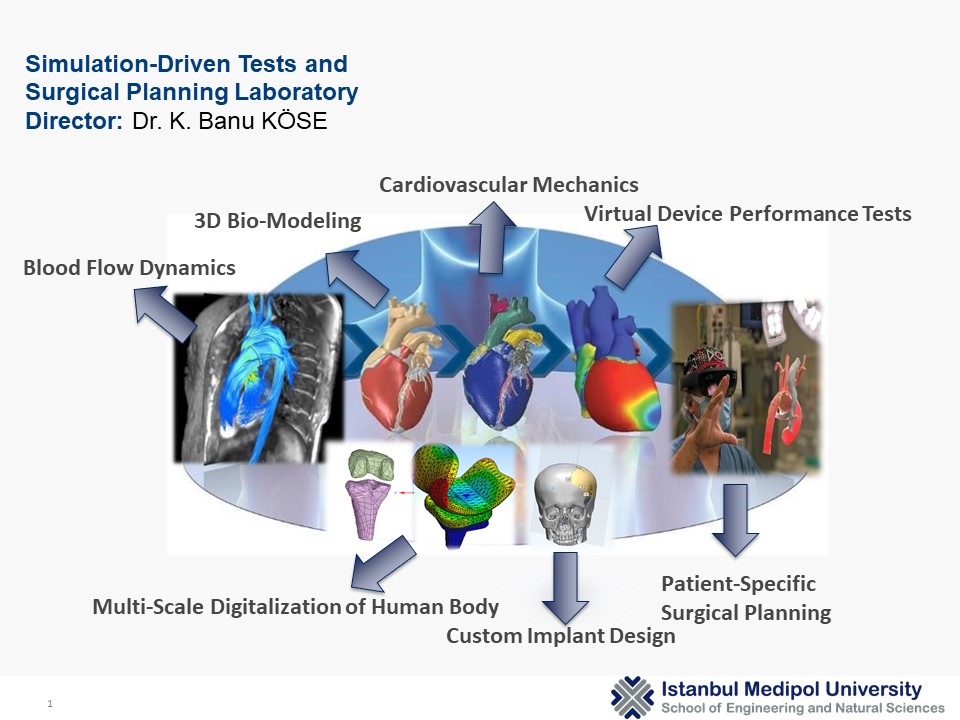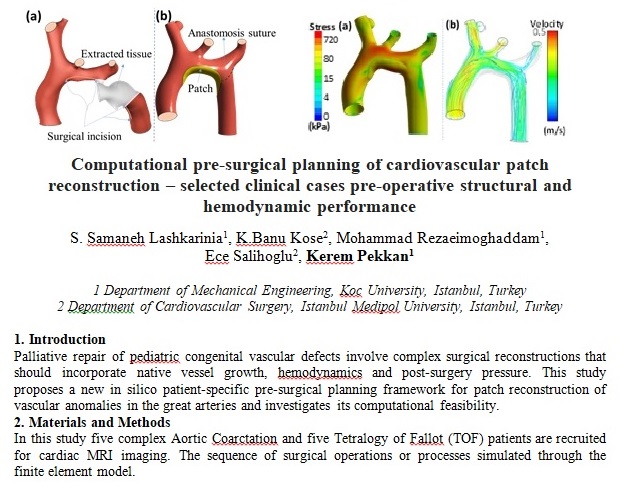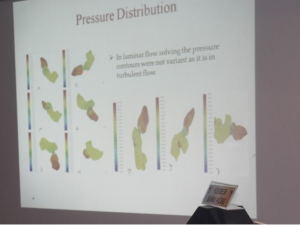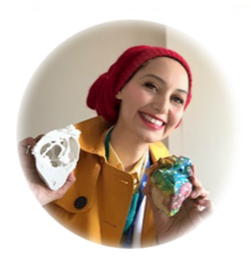Comments Off 
DECEMBER 14TH, 2022
By BANU PLUIE
Comments Off 
DECEMBER 13TH, 2022
By BANU PLUIE
I am very proud to have participated in 18th International Congress of Update Cardiology & Cardiovascular #Surgery with two research presentations, and ✨ to be awarded with FocusValve Scholarship ✨
Best regards to #UCCVS committee members and our esteemed Prof. Öztekin Oto.
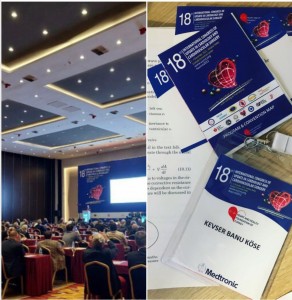
Comments Off 
DECEMBER 13TH, 2022
By BANU PLUIE
We met at the ‘Engineering Solutions to Medical Problems’ panel at Yıldız Technical University. Many thanks to ~Yıldız Technical University IEEE Engineering in Medicine and Biology Society~ for this well-planned organization.
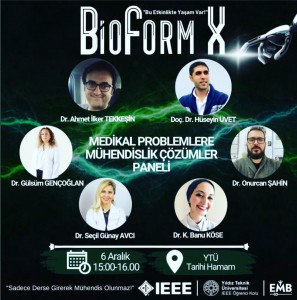
Comments Off 
JUNE 4TH, 2021
By BANU PLUIE
A team I am honored to be involved in EVBio!
EVBio is a digital think tank formed by scientists from all disciplines related to vascular medicine, from molecular biology to scientific computing. Our mission is to imagine the future through disruptive basic and translational research. Our team works tirelessly to formulate one universal coherent theory for vascular disease and support all global efforts towards its conception and validation.
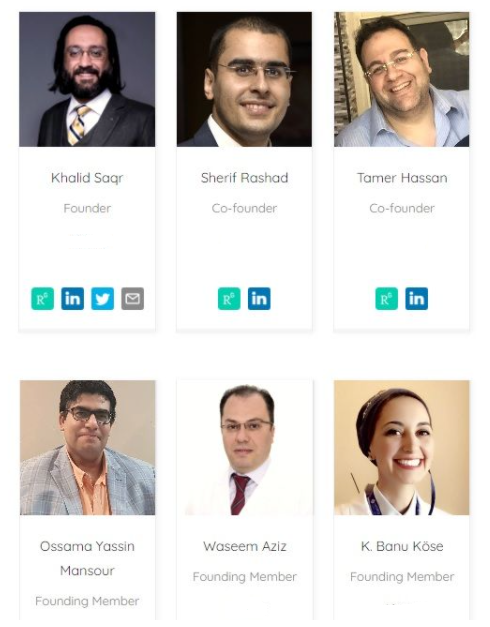
Our membership will increase soon!
Comments Off 
FEBRUARY 27TH, 2021
By BANU PLUIE
We talked about cardiovascular engineering and its future. I was honored to be a guest in Future Research Institute. Many thnaks to Coskun Dolanbay.
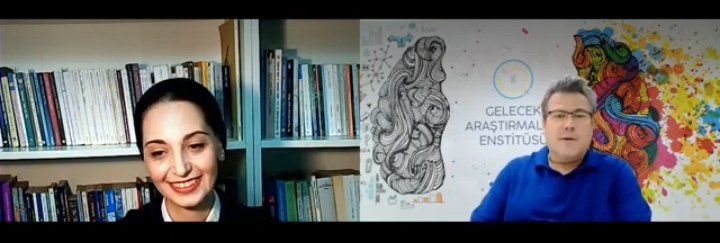
Source
Comments Off 
FEBRUARY 27TH, 2021
By BANU PLUIE
I am proud to have a contribution in this study.
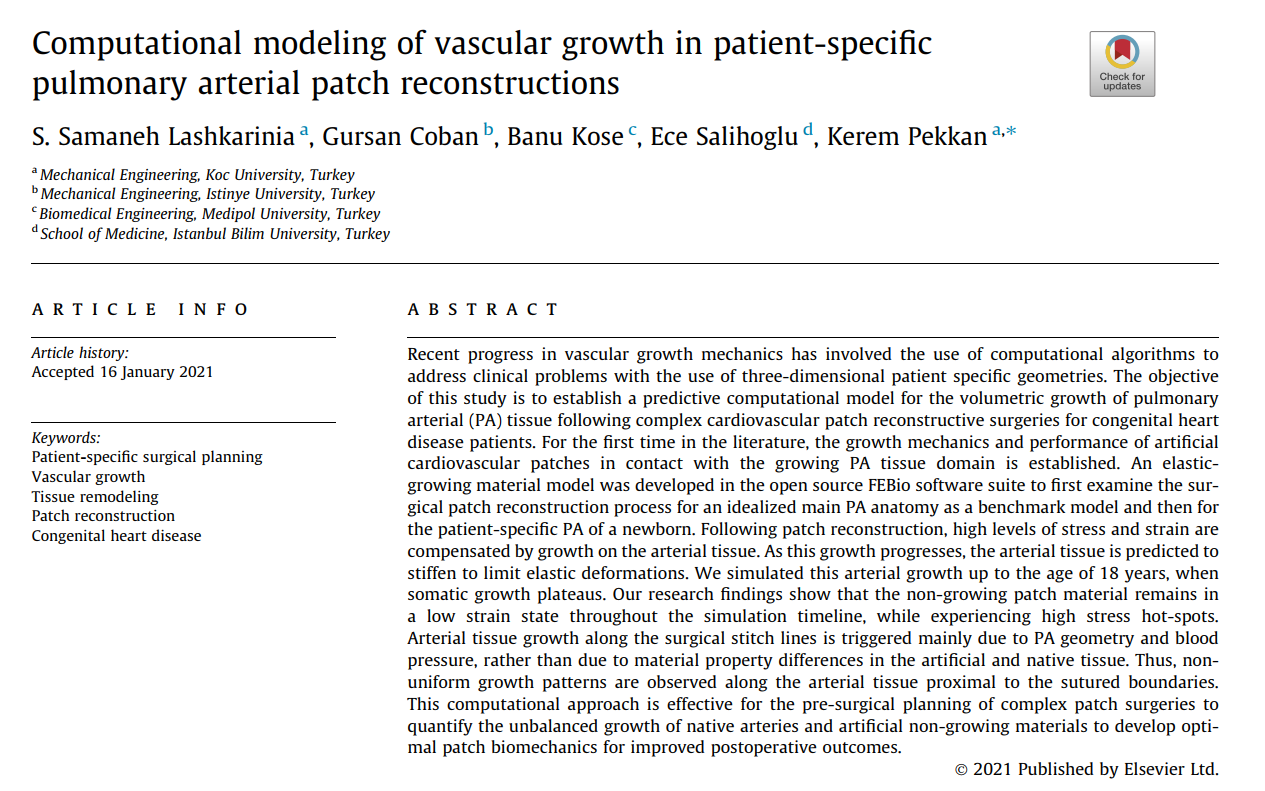
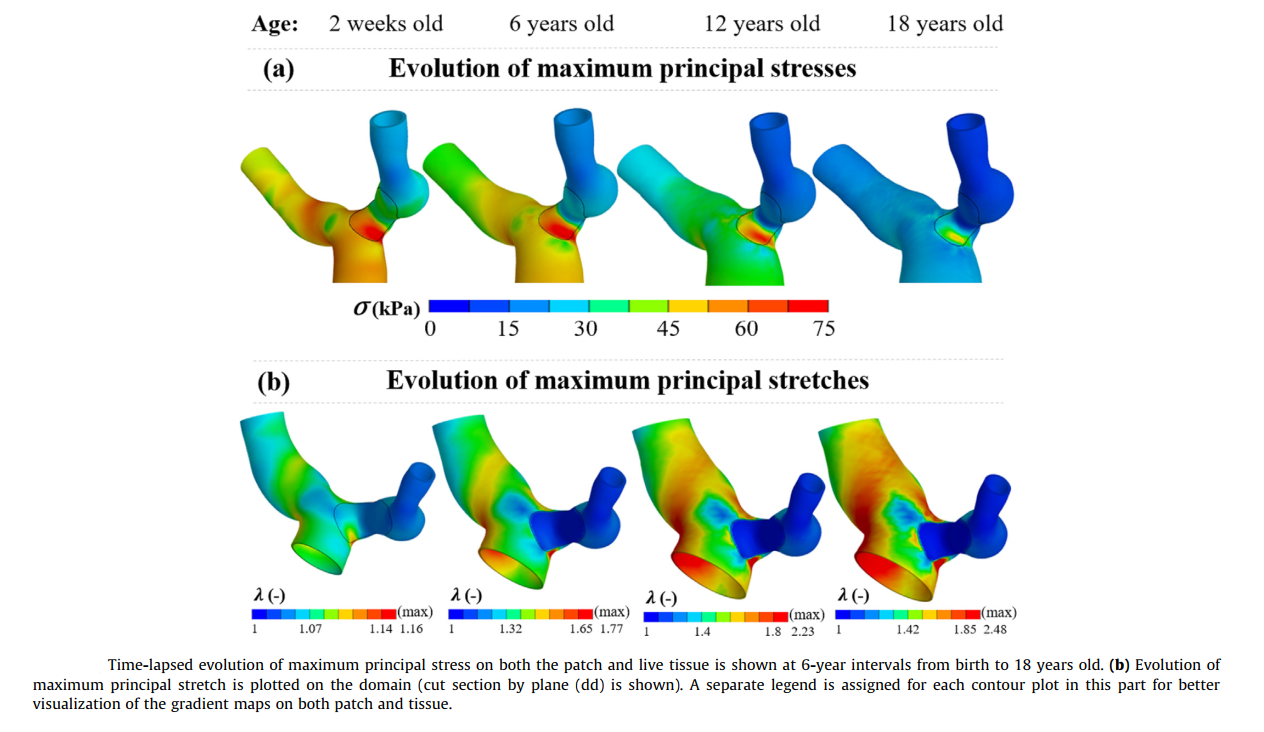
Comments Off 
FEBRUARY 27TH, 2021
By BANU PLUIE
We discussed how we can reach a ‘life without barriers’ in the future and evaluated the projects that the contestant groups developed during the event day within the context of hackathon. Congratulations to the winning teams.
For more details : BioFuturathon and Future Research Institute
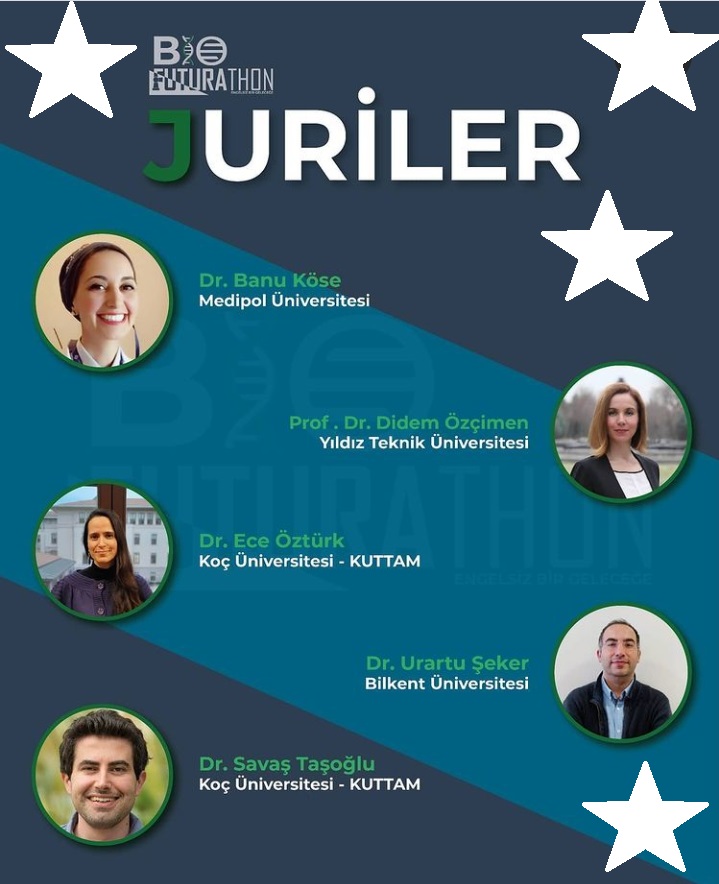
Source
Comments Off 
JANUARY 15TH, 2021
By BANU PLUIE
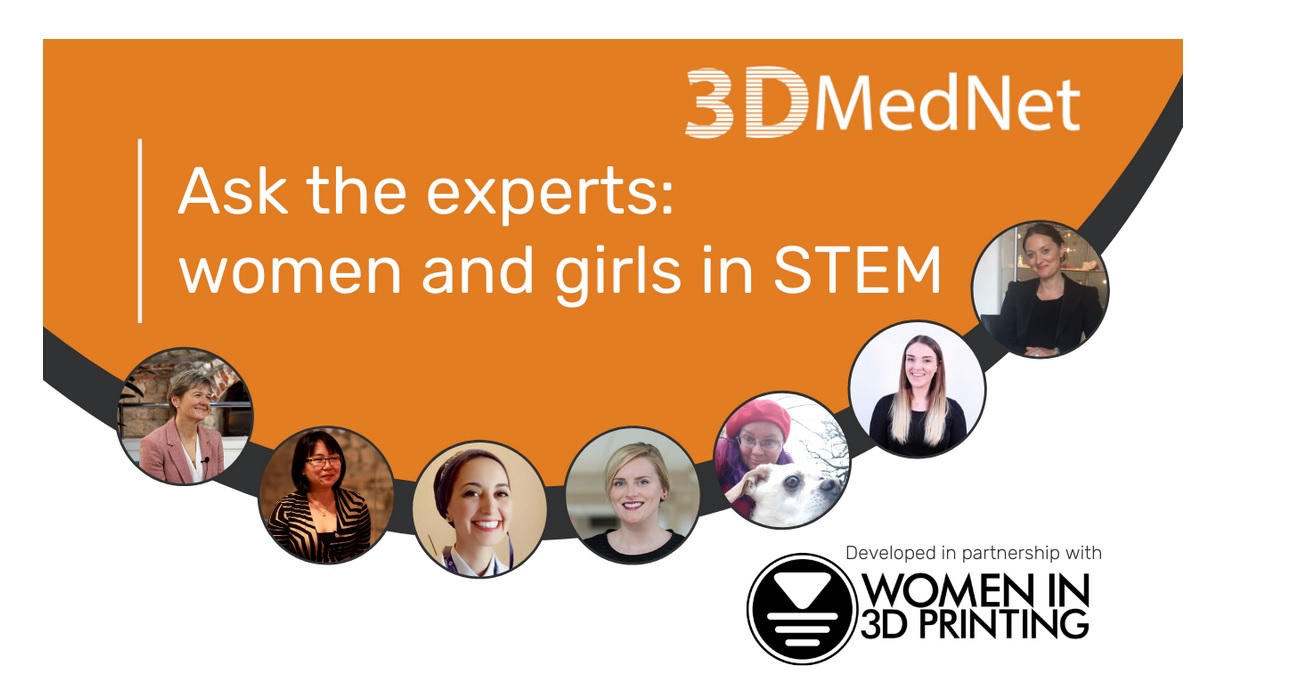
To commemorate International Women’s Day (8 March 2020), 3DMedNet has put together our first ‘Ask the experts’ feature in partnership with the global organization, Women in 3D Printing. Thanks to Georgi for inviting me to the conversation. Check the link for the full interview.
Comments Off 
DECEMBER 23RD, 2020
By BANU PLUIE

SickKids
Comments Off 
JUNE 25TH, 2019
By BANU PLUIE
A joint meeting showcasing current work addressing the complex challenges in cardiac flow modeling, particularly focusing on the work of early career researchers (source).

Comments Off 
SEPTEMBER 10TH, 2018
By BANU PLUIE
Comments Off 
APRIL 16TH, 2018
By BANU PLUIE
The Mimics Innovation Suite (MIS) allows you to automate your workflows, potentially saving a lot of time, achieving more consistency, and reducing repetitive work and human error. That is an easy thing to say, but if you do not have much experience with scripting, we all know that it can be tough to get started. If you want to speed up your learning curve and get a head start, then this could be an interesting training for you.
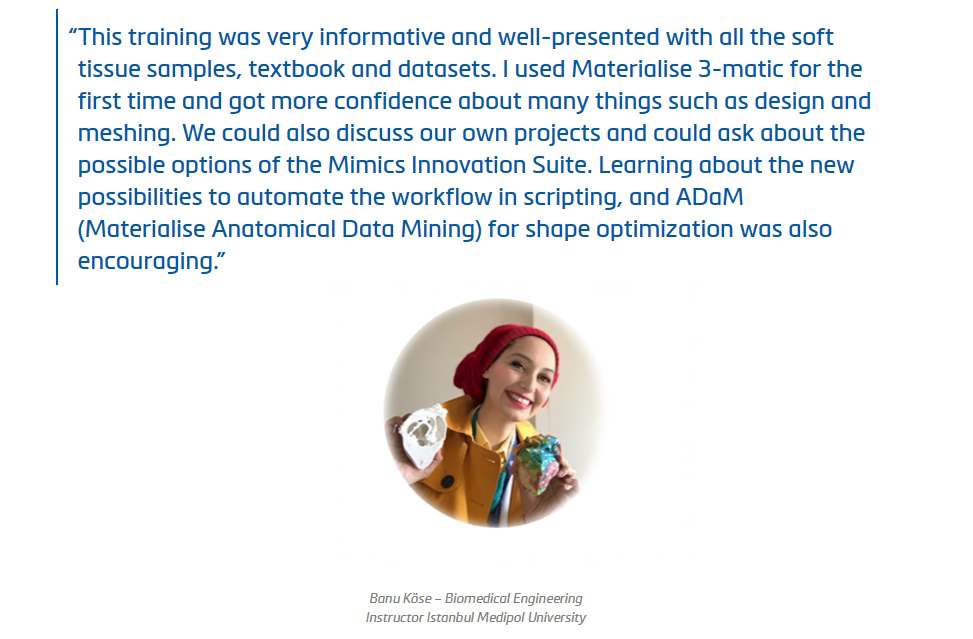
Topics will include:
Basics of Optimizing your Workflow in Mimics 21 and 3-matic 13
How to write your first scripts
Introduction to Python
Hands-on training exercises for creating planning workflows (e.g. loading datasets, performing basic segmentation steps, landmarking, creating anatomical coordinate systems, designing custom implants)
Comments Off 
APRIL 9TH, 2018
By BANU PLUIE

Thanks to Anna Flessner and Milad Mafi for the certificate, excellent training documents and lectures. #Simscale
The workshop was including the simulations of
1- Hip Joint Prosthesis and comparison of different materials with displacements
2- Stent Design and Comparison of different materials and different balloon pressures
3- Comparison of different stenosis persentages in carotid artery samples by CFD
Comments Off 
FEBRUARY 1ST, 2017
By BANU PLUIE
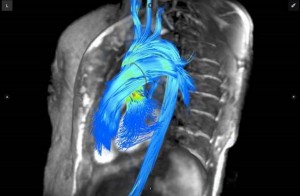
While cardiac magnetic resonance imaging (MRI) is considered an excellent imaging modality for the heart, offering highly detailed soft tissue anatomical imaging as well as functional assessments, it only makes up about 5 percent of all MRI scans in the United States. This is in part due to the expense, time involved and the complexity in completing these scans and reading them. There were two software innovations that may help increase the use of cardiac MRI by reducing its complexity.
To read the entire article, go to www.dicardiology.com/article/advances-cardiac-imaging-rsna-2016.
At RSNA 2015, Arterys introduced a package of advanced cardiac MRI visualization and quantification software that automates a lot of the processes involved. It also uses a cloud-based platform that allows access to a large amount of computing power needed to process cardiac cine functional data in real time. The software includes 4-D Flow and 2-D phase contrast workflows, and cardiac function measurements. The software is the first clinically available cardiovascular solution that delivers cloud-based, real-time processing of images with resolutions previously unattainable. The company gained U.S. Food and Drug Administration (FDA) 510(k) clearance in November 2016 and showed several new advancements at RSNA 2016. Arterys is partnering with GE Healthcare to introduce the software on the Signa MRI systems under the GE name of ViosWorks. However, Arterys said it has aspirations to be a software OEM for several MRI vendors. An additional introduction was Arterys? regurgitation evaluation software that offers several ways to view regurgitation, which has traditionally been difficult to assess on MRI. One view visualizes blood flow velocities with arrows to show direction of flow and a color code to show the speed of the flow. It presents very similar to cardiac ultrasound color flow Doppler. The software can help identify regurgitation jets, vortices and sheer wall stresses, and offers automated quantification. In cardiovascular research, sheer stress evaluation has become a big area of interest because it is believed these stresses may play a role in the formation of atherosclerosis, the degradation of heart valve function, and possibly play a role in the progression of heart failure. So, Arterys also introduced a research sheer stress analysis software package.
- DAVE FORNELL
To read the entire article, go to www.dicardiology.com/article/advances-cardiac-imaging-rsna-2016.
Comments Off 
JANUARY 16TH, 2017
By BANU PLUIE

Laser Doppler velocimetry is used in hemodynamics research as a technique to partially quantify blood flow in human tissues such as skin. Within the clinical environment, the technology is often referred to as laser Doppler flowmetry (LDF). The beam from a low-power laser (usually a laser diode) penetrates the skin sufficiently to be scattered with a Doppler shift by the red blood cells and return to be concentrated on a detector. These measurements are useful to monitor the effect of exercise, drug treatments, environmental, or physical manipulations on targeted micro-sized vascular areas.
The laser Doppler vibrometer is being used in clinical otology for the measurement of tympanic membrane (eardrum), malleus (hammer), and prosthesis head displacement in response to sound inputs of 80- to 100-dB sound-pressure level. It also has potential use in the operating room to perform measurements of prosthesis and stapes (stirrup) displacement.
Comments Off 
NOVEMBER 20TH, 2016
By BANU PLUIE

.
Computational Life is a young company which has the specialty on computational flow simulations and mathematical models for the medical technology field.
The validated software Digital Avatar Platform (DAP) of Computational Life is modeling human and animal body mathematically. It is testing physiological scenarios for drugs, medical devices and treatment methods.
Circulation system, cerebrospinal fluids, transport of pharmaceutical products throughout the body can be simulated for the human and animal body with DAP. It can also be modified due to the experiment.
They replied to me with a very warm and energetic mood when I wrote them. It is great that there are enthusiastic people in the medical technology field. I am sure that I will hear more about the news of Computational Life in the next days.
Thanks to Christian Contarino, Davide Chieco and Carlo Rivis for their innovative platform which brings a great help for clinicians, researchers, and engineers.
Please check their website for more information.
.
Comments Off 
NOVEMBER 9TH, 2015
By BANU PLUIE
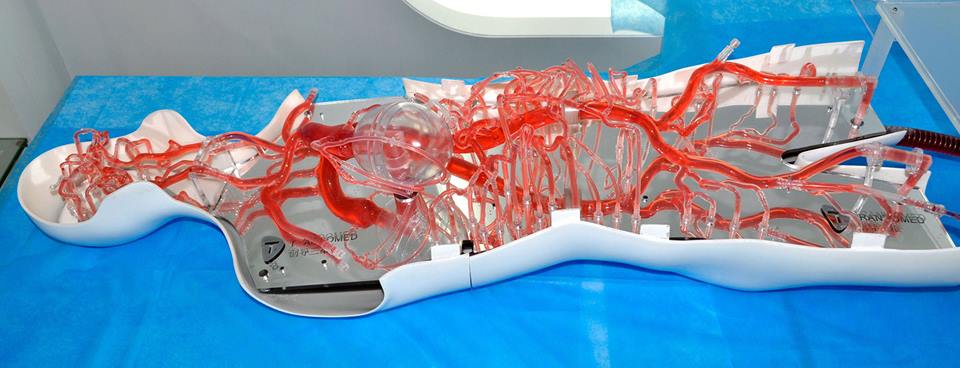
Trando Med will attend MEDICA 2017 in the Dusseldorf Germany from 13-16 November 2017. The booth is Hall 13 Booth F 9-05
Comments Off 
NOVEMBER 18TH, 2014
By BANU PLUIE
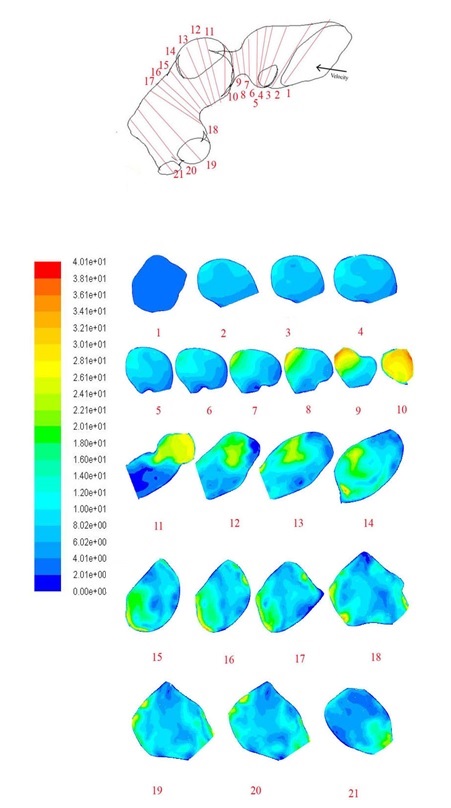
The entrance lenght parts of the inlet and outlet sections are only used for calculation process.
Comments Off 
NOVEMBER 9TH, 2014
By BANU PLUIE
“- I wanted to be someone that encouraged young women to get involved in math, science, and engineering.”
Today, she’s doing just that.
As a product development engineer in the Medtronic cardiovascular division, Carol has been doing what she loves for more than 25 years. She provided critical technical expertise for the company’s first implantable cardioverter defibrillator and continues to collaborate with engineering teams and physicians to find new ways of doing things.
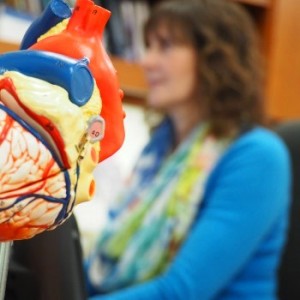
But on top of her day job, she has taken on another commitment – overseeing the Women in Science and Engineering (WISE) Initiative at the company.
Beginning in the spring of 2017, Medtronic introduced another opportunity that taps into an often overlooked talent pool. Careers 2.0 is a “returnship” program designed to provide paid internships for female engineers looking to get back into STEM-related careers. Research suggests close to 25 percent of women in engineering careers leave the industry by age 30, citing work culture or family commitments.
“This is a way to bring these talented women back into our technical and managerial ranks,” says Carol. “We are very excited about providing this amazing pool of talent an opportunity at Medtronic.”
“Overall, I want to inspire women,” says Carol. “Whatever your passion is; clean air, fighting hunger, or improving healthcare. Behind the biggest challenges of humanity, there’s an engineer working to find a solution.”
Source
Comments Off 
FEBRUARY 25TH, 2014
By BANU PLUIE
‘Voksel’s Anatomical Modeling, Surgical Planning, 3D Printing with Engineer – Surgeon Collaboration Training‘ was held on 23rd February in Istanbul.
I had the chance to share my experiences in image processing and modeling with the participants. I would like to thank Kerem Girgin, Erbil Oğuz, Samet Serbest and Cansu Çeltik from Voksel. It was great to be a part of Voksel team, and meeting with the participants who were aware of the benefits of interdisciplinary collaborations and patient-specific planning very well.
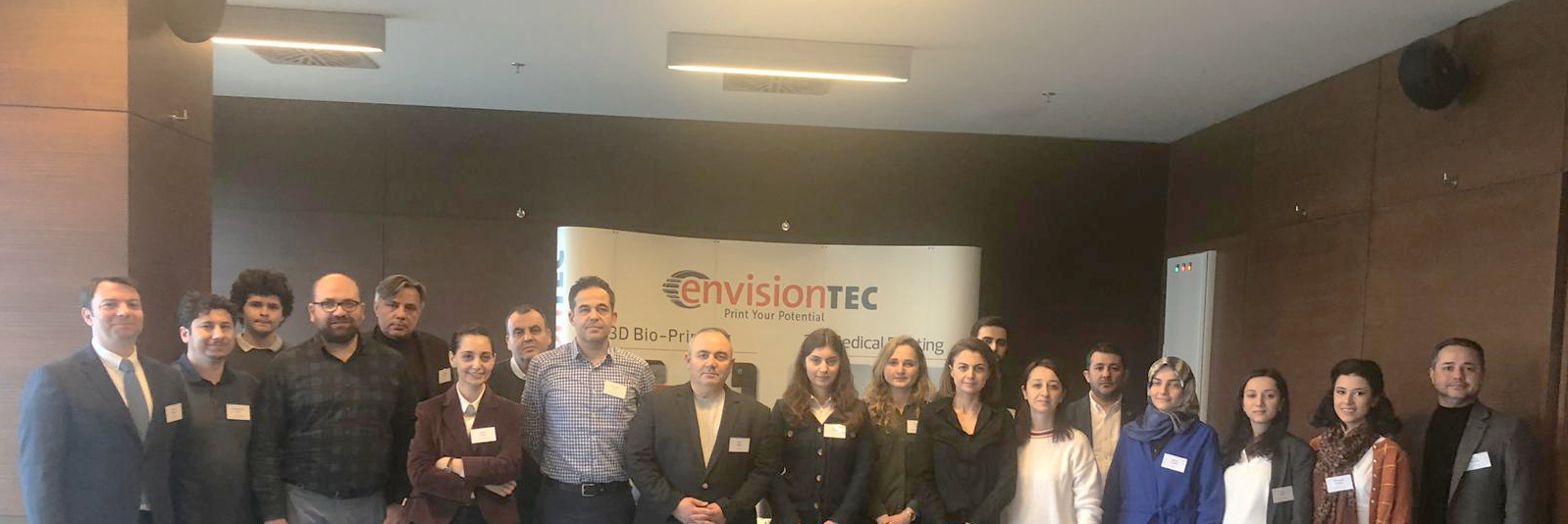
Comments Off 
NOVEMBER 18TH, 2013
By BANU PLUIE
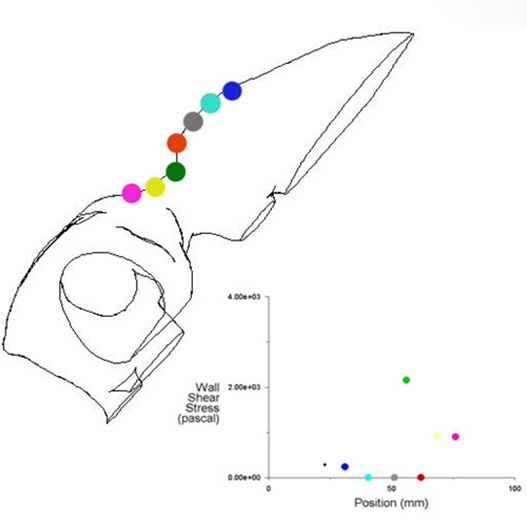
Pediatric re-stenosed pulmonary artery model is depicted with marked points of unstable wall shear stress (WSS) which brings about the thinner layers by platelets. This means the loss of smooth muscle cells and remodeling risk. Sudden bends and tapering in the geometry induces high velocity gradients and high wall shear stress.
Comments Off 
OCTOBER 31ST, 2013
By BANU PLUIE
![]() 3D Printing, 3D Slicer, ANSYS, Art, Artificial Organs, Banu Köse, Banu Pluie, BioFluidLab, Bioengineering, Biomaterials, Biomechanics, Biomed, Biomedical Science, Biophysics, Bioprinting, Biosecience, Cardiology, Cardiovascular Implants, Cerrahi, Circulatory Support Systems, ClinicianEngineerHub, Complex Systems, Congenital, Ece Salihoglu, Engineering, Finite Element Model, Fontan, Gradute, Heart, Heart Valves, Hemodynamics, Hepatic, IMAEH, Image Processing, K. Banu Köse, Kardiyovasküler, Kardiyovasküler Mekanik, Kevser Banu Köse, Laser Doppler, Liquid State, Materialise Medical, Medipol, Medtronic, Pediatric, Perfusion, Perfüzyon, PhD, Physics, Pulmonary, Radiology, Slicer, Structural Analysis, Surgery, SurgicalPlanning, Sıvı Hal Fiziği, TGA, The Journal of Cardiovascular Surgery, VSD, VirtalSurgery, Virtual Physiological Human, Windkessel, WomenEngineers, womenin3d
3D Printing, 3D Slicer, ANSYS, Art, Artificial Organs, Banu Köse, Banu Pluie, BioFluidLab, Bioengineering, Biomaterials, Biomechanics, Biomed, Biomedical Science, Biophysics, Bioprinting, Biosecience, Cardiology, Cardiovascular Implants, Cerrahi, Circulatory Support Systems, ClinicianEngineerHub, Complex Systems, Congenital, Ece Salihoglu, Engineering, Finite Element Model, Fontan, Gradute, Heart, Heart Valves, Hemodynamics, Hepatic, IMAEH, Image Processing, K. Banu Köse, Kardiyovasküler, Kardiyovasküler Mekanik, Kevser Banu Köse, Laser Doppler, Liquid State, Materialise Medical, Medipol, Medtronic, Pediatric, Perfusion, Perfüzyon, PhD, Physics, Pulmonary, Radiology, Slicer, Structural Analysis, Surgery, SurgicalPlanning, Sıvı Hal Fiziği, TGA, The Journal of Cardiovascular Surgery, VSD, VirtalSurgery, Virtual Physiological Human, Windkessel, WomenEngineers, womenin3d